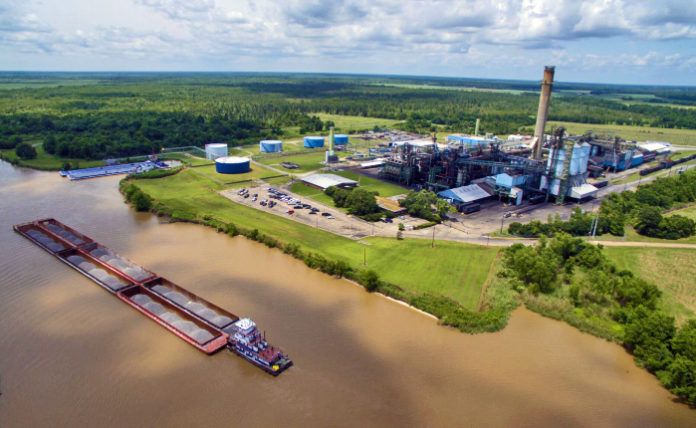Cabot Corporation has completed the installation of emission-control equipment at its Louisiana carbon black site, which is designed to reduce emissions by thousands of tons per year.
It is the first carbon black producer to collaborate with the U.S. Environmental Protection Agency in connection with a national enforcement initiative to control air emissions from carbon-black manufacturing facilities. The company remains on track to finish ahead of an April 2021 deadline at its Franklin site.
Cabot Corp. has been manufacturing carbon black since 1952. Today, approximately 130 employees produce more than 70 grades of carbon blacks for elastomer reinforcement and specialty carbon blacks for coatings, plastics, toners and printing inks. The Franklin facility is one of the company’s six manufacturing units.
At the Franklin plant, Cabot will reduce NOX emissions by 90% through the use of selective catalytic control and SO2 emissions by 95% using wet gas scrubbing. These well-established technologies are in use today at several of Cabot’s sites across the world. These systems will reduce the annual emissions of NOX and SO2 by nearly 900 and 6,500 tons per year, respectively, at its Franklin plant.
The equipment placement milestone and other progress at the Franklin site build on Cabot’s earlier success with another emissions control project at its facility in Pampa, Texas. That work was completed in 2017 and has reduced NOX emissions by 67%, eliminating nearly 1,500 tons of emissions over the last three years.
“We remain committed to acting responsibly for the planet, and part of this includes doing our part to upgrade older facilities with investments in new technology,” Bart Kalkstein, president of the company’s Reinforcement Materials Segment, and president of the Americas Region, said in a statement. “We are proud of our ability to implement these controls while continuing to provide our customers with a consistent supply of carbon black, and we will continue to work diligently to project completion. “We are proud of our continued leadership in cleaner air emissions across the world and the significant investment we are making in Louisiana.”



